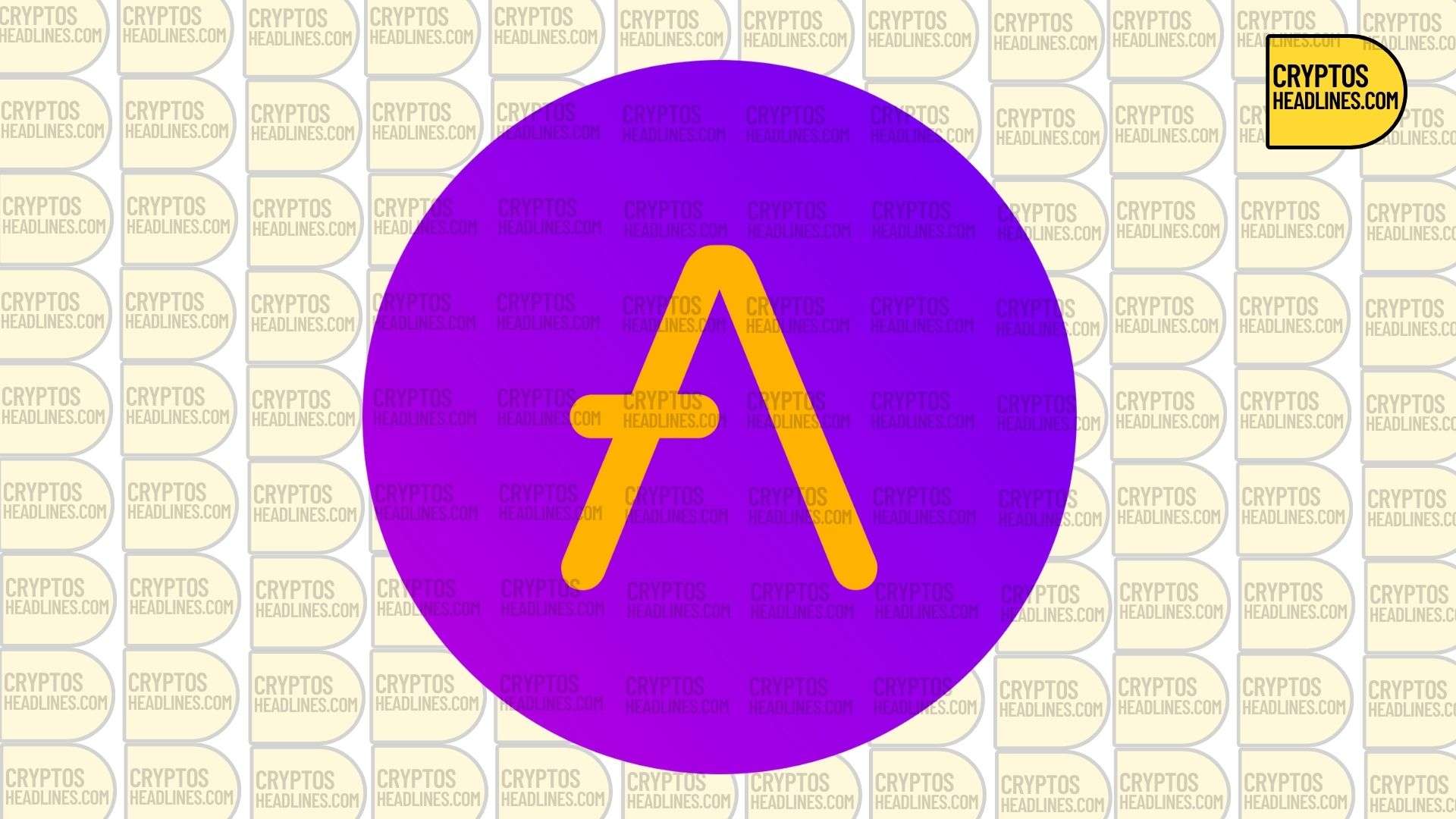Vitalik Buterin suggests a recovery hard fork to safeguard users against potential threats from quantum computers.
He warns of the risks of users losing their funds due to the emergence of quantum computers. In the event of the hard fork, users are advised to download a new software wallet to execute this backup plan.
Ethereum’s Defense Against Quantum Attacks
Ethereum founder Vitalik Buterin affirms that the blockchain ecosystem is ready to tackle potential quantum attacks with a “recovery fork.” In a recent blog post, Buterin discussed the looming possibility of quantum computers becoming available, which could grant hackers access to these powerful devices.
The emergence of quantum computers raises concerns about potential risks, including unauthorized access and exploits that could result in users losing their funds. Despite these risks, Buterin reassures that Ethereum is resilient to such threats, stating, “I argue that actually, we are already well-positioned to make a pretty simple recovery fork to deal with such a situation.”
Ethereum’s Quantum Emergency Recovery Plan
Chinese crypto researcher Colin Wu recently shared insights from Vitalik Buterin’s X post on his Wu Blockchain page. Wu emphasized that the infrastructure for implementing a hard fork to address quantum emergencies could be initiated promptly, ensuring the maximal readiness of the Ethereum ecosystem.
Vitalik: If quantum computers are available, and bad actors are able to use them to steal users’ funds. The blockchain would have to hard fork and users would have to download new wallet software, but few users would lose their funds. The infrastructure to implement a hard fork…
— Wu Blockchain (@WuBlockchain) March 10, 2024
During the blockchain’s hard fork event, the proposed backup plan could be put into action. Users would be required to download a new software wallet as part of this process. However, Buterin cautioned that there is a possibility that some users may lose their funds during this transition.
Buterin outlined the steps involved in the proposed hard fork. In the event of a large-scale theft, users would be advised to revert all blocks after the first block. Additionally, traditional EOA-based transactions would be disabled.
The subsequent steps involve the introduction of a new transaction type to facilitate smart contract wallet transactions. Furthermore, new transaction types or opcodes would be added to enable STARK proofs. Successful proof verification would result in the account code transitioning to a new verification code, allowing users to utilize it as a smart contract wallet.
Important: Please note that this article is only meant to provide information and should not be taken as legal, tax, investment, financial, or any other type of advice.
Join Cryptos Headlines Community
Follow Cryptos Headlines on Google News













